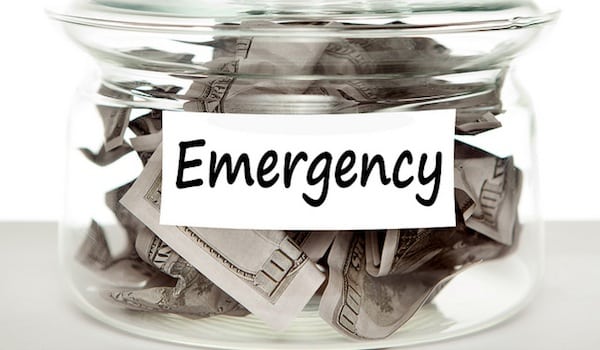Cash With The Public Has Increased By More Than 16 Percent

During the second wave of the Covid-19 pandemic, the amount of cash in circulation in the country increased, indicating greater demand for physical currency among the general public. A similar situation occurred last year after the country was placed on lockdown.
According to Reserve Bank of India (RBI) data, currency with the public increased by more than 16%, or nearly Rs 4 lakh crore, at the end of March 2021. Because of the worsening Covid-19 situation, the amount of cash in circulation may have increased further in April.

According to the central bank, the currency in circulation is calculated by subtracting the cash in banks from the total currency in circulation.
It should be noted that cash in circulation includes currency notes and coins that can be physically exchanged between consumers and businesses.
According to Reserve Bank of India (RBI) data, currency with the public increased by more than 16%, or nearly Rs 4 lakh crore.
THE DEMAND FOR CASH IS INCREASING.
While there are several reasons for increased currency circulation in the system, one major reason is that people have become more reliant on cash. People are withdrawing more cash due to rising uncertainty during the second wave, fear of stricter lockdowns, and medical emergencies, among other factor.
According to RBI data, currency with the public increased by Rs 30,191 crore during the fortnight ending April 9 and reached a high of more than Rs 27 trillion. According to the data, between February 27 and April 9, current with the public increased by nearly Rs 53,000 crore.
Last year, when cash demand was high, a similar situation occurred. As states continue to be under strict lockdown, the amount of cash in circulation is expected to rise. According to RBI data, currency with the public increased by Rs 3.07 lakh crore in the fortnight ended February 28, 2020, from Rs 22.55 lakh crore to Rs 25.62 lakh crore in the fortnight ended June 29, 2020.
ANXIETY, MEDICAL EMERGENCIES
Experts have previously stated that people prefer cash to other forms of payment in times of emergency, whether for daily needs or medical emergencies.
For example, there have been reports of hospitals denying cashless insurance claims for Covid-19 patients. Family members and relatives of such patients were forced to scramble for funds to pay for treatment. Such incidents have prompted more people to keep a sizable cash reserve on hand.
Aside from a high reliance on cash, another reason for higher currency circulation could be people’s reluctance to go out and deposit cash in banks.
While digital payments have gradually increased since the government announced demonetisation, it is worth noting that cash circulation in the system has increased every year since March 2017.








